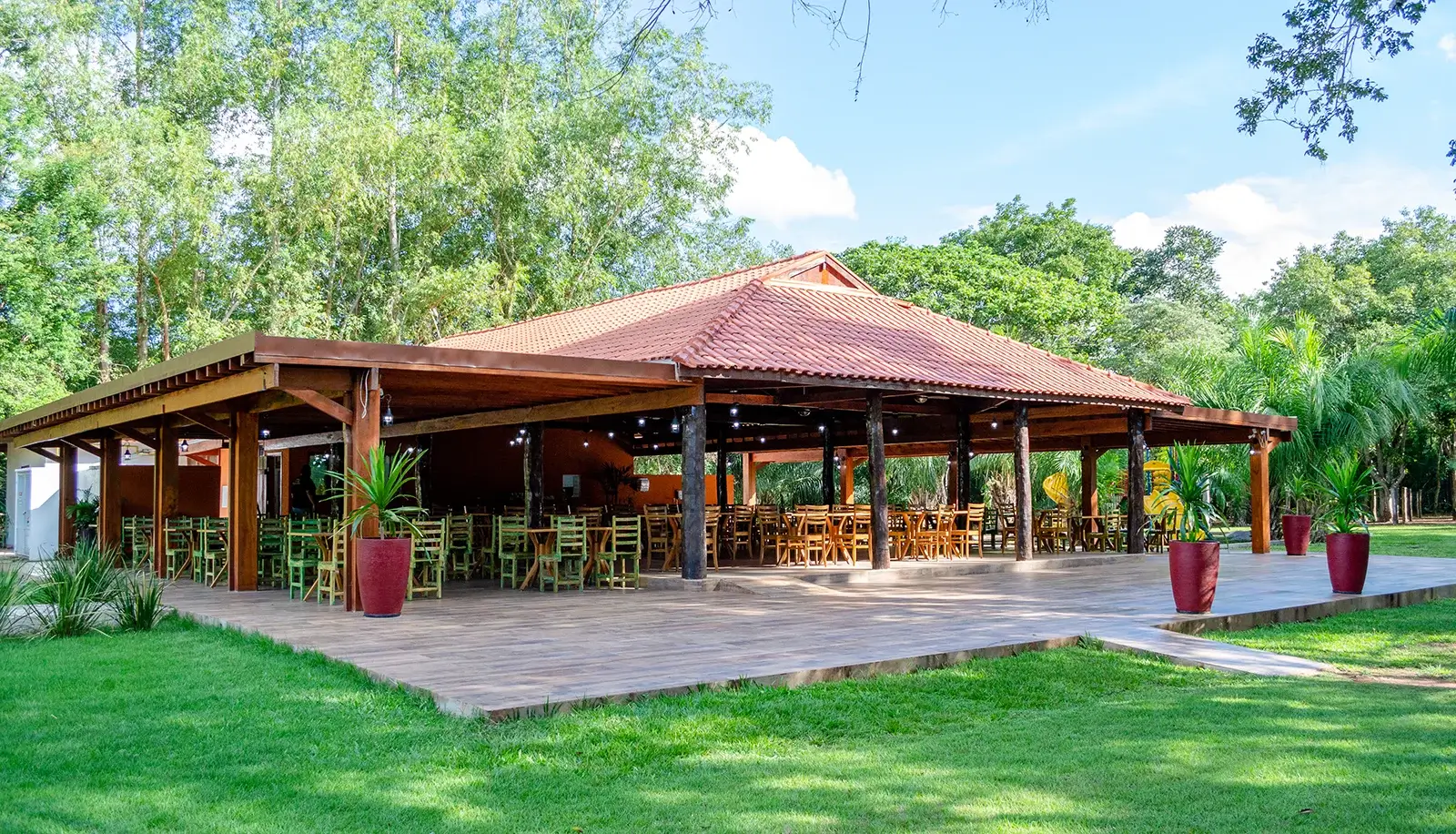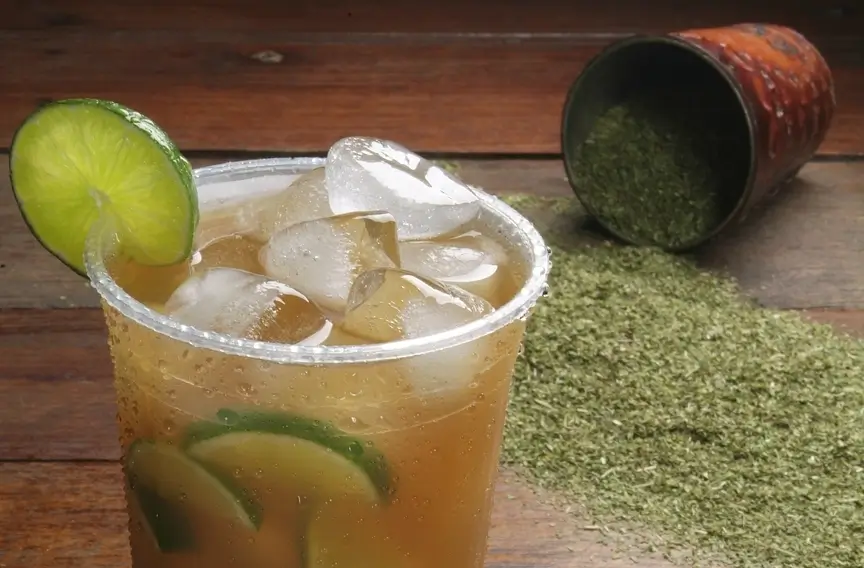Culinary Scene
Come and join us on this culinary journey and savor the delicious flavors of this incredible region!
Simply delicious!
Get ready to embark on a culinary adventure in Mato Grosso do Sul!
From traditional farm dishes to the regional twist on Japanese cuisine, the food scene here is truly unique.
With its rich cultural heritage, Mato Grosso do Sul offers an unforgettable culinary experience, where traditional recipes meet new flavors and techniques. Explore the markets and restaurants of the region and discover the authentic taste of Brazilian cuisine.
Whether you’re a foodie or simply looking to try something new, Mato Grosso do Sul promises a gastronomic adventure that will leave your taste buds longing for more.



Come hungry and leave happy!
Indulge your taste buds in the rich and diverse culinary traditions of Mato Grosso do Sul! With its fusion of indigenous, European, and African influences, the cuisine of the region offers a unique and delicious experience.
Mato Grosso do Sul’s culinary scene is diverse and influenced by the region’s history, geography, and cultural heritage. The state’s cuisine is known for its hearty, rustic, and flavorful dishes that reflect the traditions of its indigenous, African, and European roots.
One of the most popular dishes in Mato Grosso do Sul is “arroz carreteiro”, a rice and beef dish that originated from the state’s ranching culture. Another popular dish is “sobá”, a soup made with wheat noodles, pork, vegetables, and herbs, which has Japanese influences and is popular in the city of Campo Grande.
Also, other very popular meat dishes are the “carne de sol,” a salted and sun-dried beef that is typically served with rice, beans, and mandioca (cassava) flour, “costela de chão,” a slow-cooked beef ribs, and “porco no tacho,” a stew made with pork and vegetables.
The state is also known for its fish dishes, such as “pintado na brasa,” a grilled pintado fish served with vegetables, and “caldo de piranha,” a spicy soup made with piranha fish.
Mandioca (cassava) is a staple in Mato Grosso do Sul’s cuisine and is used in many dishes, such as “mandioca frita,” fried cassava chips, and “sopa paraguaia,” a savory cake made with mandioca flour, cheese, and onions.
The state’s cuisine also reflects the influence of its neighboring countries, such as Paraguay and Bolivia. For example, “chipa,” a popular snack made with cassava flour and cheese, is a staple in Paraguay and can also be found in Mato Grosso do Sul. Similarly, “sopa paraguaya,” a cornbread dish, and “cuñapé,” a cheese bread, are also popular in the region and reflect the influence of Paraguayan cuisine.
In addition, dishes such as “sopa de mani,” a peanut soup, and “locro,” a stew made with corn and meat, are examples of Bolivian dishes that have made their way into the culinary scene of Mato Grosso do Sul.





